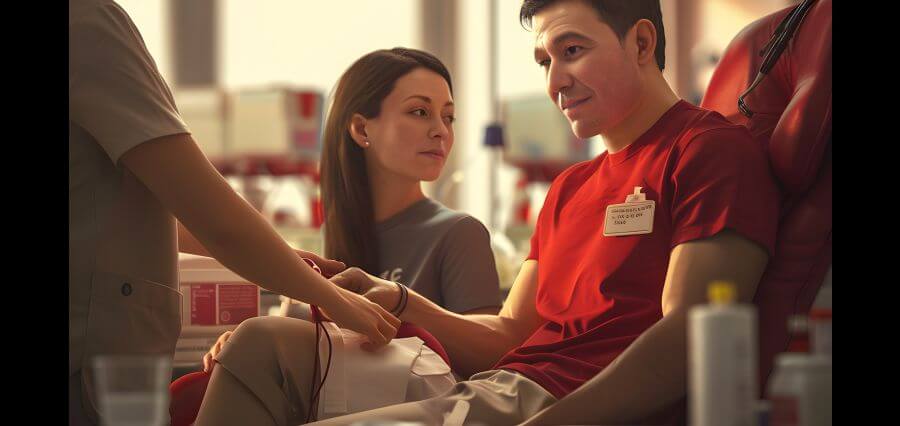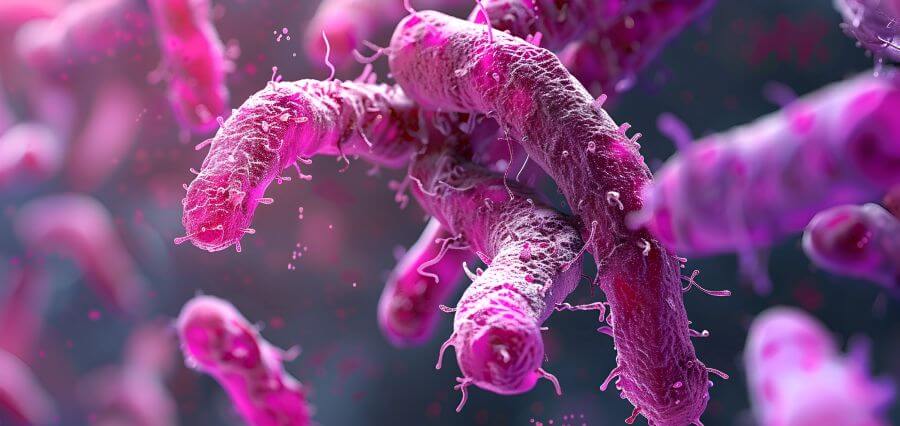Personalized Care
The future of healthcare is personalization. Though all of us have similar biological origins, all of us are distinct and unique from each other in other aspects. Aspects such as allergies, types of diseases that can affect us, our dietary requirements, etc.
This personal uniqueness has been brought to the fore by the coronavirus pandemic. That is why the healthcare industry is increasingly accommodating to the changing scenarios.
The way it functions internally while interacting with patients has radically altered, paving the way for a more people-oriented approach.
In this new way, one experience for all the patients is replaced with a more tech-driven personalized and unique experience offered to each patient.
Following are the five examples of personalized healthcare.
Digitalized Patient
A person produces so much information in their lifetime that it could fill over three hundred million personal health data-related books.
This personal data graph gives the most critical insights into their biological anatomy, providing clues for their health and wellbeing.
Digital devices collect, store, track, monitor, and make this big data available via apps embedded in smart wearables. Healthcare providers then utilize these digital data metrics with the help of advanced technologies like artificial intelligence (AI) and machine learning (ML) to analyze, interpret and form a bigger picture of the patient’s health needs, requirements, risks, and probable threats.
Telehealth
Emerged as the go-to option during the COVID-19 pandemic, telehealth is the permanent facet of future healthcare. Digital data emergence is the reason behind this exponential growth of the telehealth sector.
Digital healthcare generates more digital data graphs leading to a better-personalized experience. During a patient’s physical visit to the hospital or a clinic, the visit is recorded with less information.
On the other hand, much more data is collected quickly and easily during a telehealth visit. It records the visiting person’s credentials and how they interacted with and communicated with the patient. Were they able to fulfil the patient’s needs, and how could be patient’s personal experience be better addressed in the future.
The majority of the healthcare givers agree that telehealth has enhanced their care offering ability, and they are going to continue with it in the future.
Healthcare Ecosystem
Digital data graphs are the first part of the personalization process. The process will be truly accomplished by streamlining all the other factors into one cohesive ecosystem.
In this ecosystem, data flows from one entity to another across the ecosystem, with each entity communicating with the other in real-time.
The traditional approach of one-size-fits-all is outdated. How a virus, disease, or illness affects one person could be completely different from it affects another person. Each person will display different symptoms and respond differently to the treatments.
The current approach has limitations, where healthcare givers at the most can provide their best possible guess as to what kind of treatment will be best suited for a patient and how and why some patients will respond better or worse than others to specific medicines.
But this approach will be abandoned in the future when advanced digital data graphs allow healthcare providers to compare them locally and globally.
Thus, it will increase their past case scenarios, allowing them to correctly detect and diagnose critical conditions with ease by finding the most effective, safest and secure treatment choices best suited to each patient.
This personalization tech has the transformational power to revolutionize healthcare further to treat general and common conditions and incredibly rarer or novel conditions like coronavirus.
By connecting healthcare systems from around the globe, healthcare givers will have all the resources available to them to personalize their offerings easily.
Automated Personalization
Human errors are the biggest obstacle to healthcare personalization. Humans are prone to committing data overlooks, mistakes, and longer time consumption to analyze data.
This is where automation makes it easy to connect humans to technology. The combination will be an automaton that will sort the big data quickly to offer personalized recommendations with a human touch.
Automating the entire healthcare ecosystem will provide healthcare givers to look after each patient personally they attend to, enhancing the quality of care they give. It will free up their time, giving them opportunity for relaxation.
Further automated assistance will reduce their diagnostic errors improving their decision-making ability.
Proactive Approach
Prevention is better than cure. And that is the future of healthcare. Future doctors will concentrate more on preventive measures by proactively addressing issues rather than waiting to operate emergency and risky treatments.
Personalized understanding and patient’s risk factors will drive their treatments, rather than predictive measures and best guesswork.
Automation, AI, ML, IoMT can detect risk factors, leaving doctors to confidently and proactively suggest the best possible treatments to their patients. It will enhance patients’ overall well-being and reduce dependency on costly procedures.
Personalization is the core of future healthcare, wherein patients’ health and wellness will attain their utmost levels.





